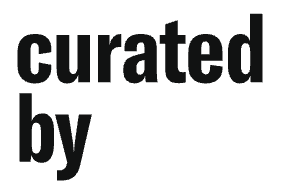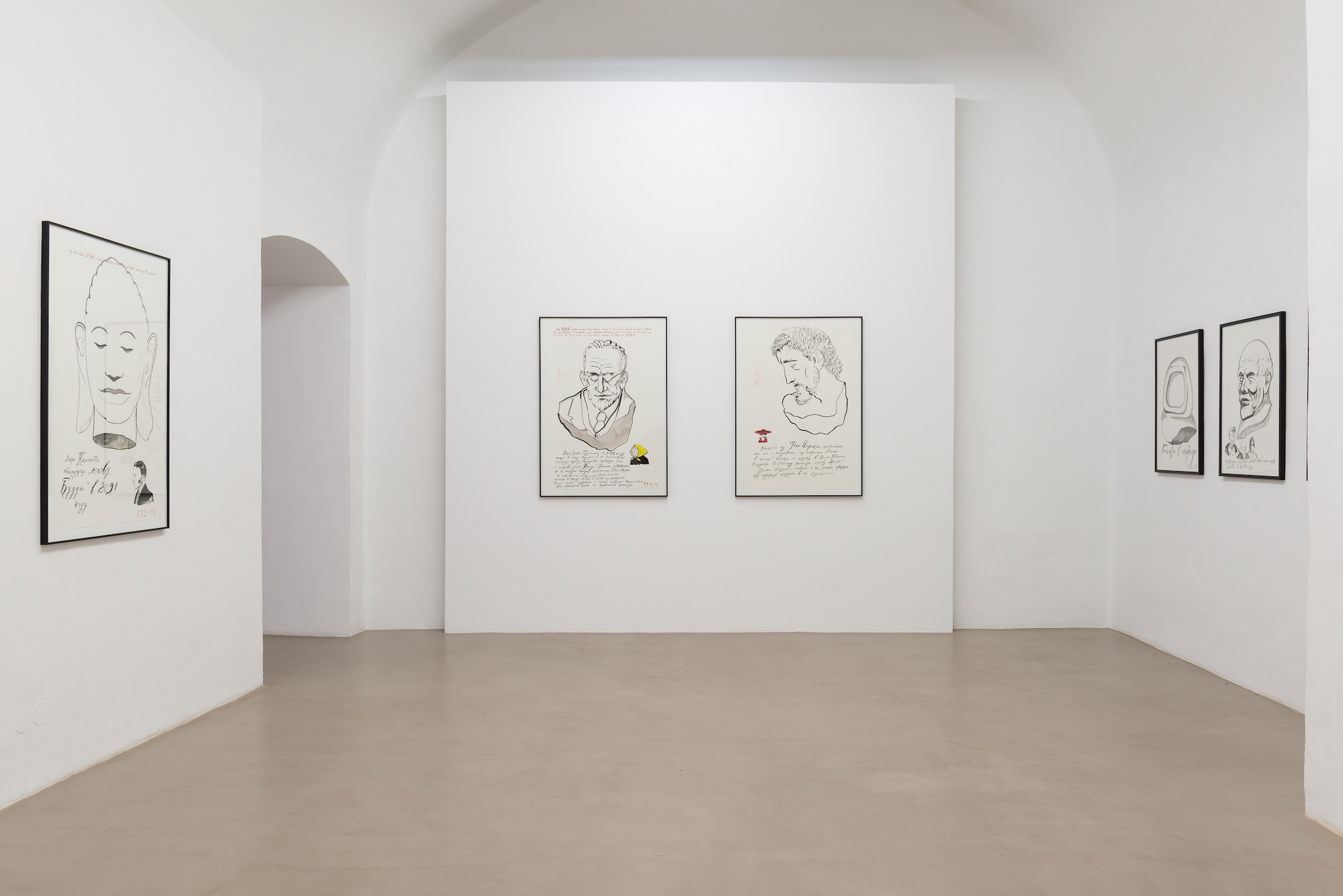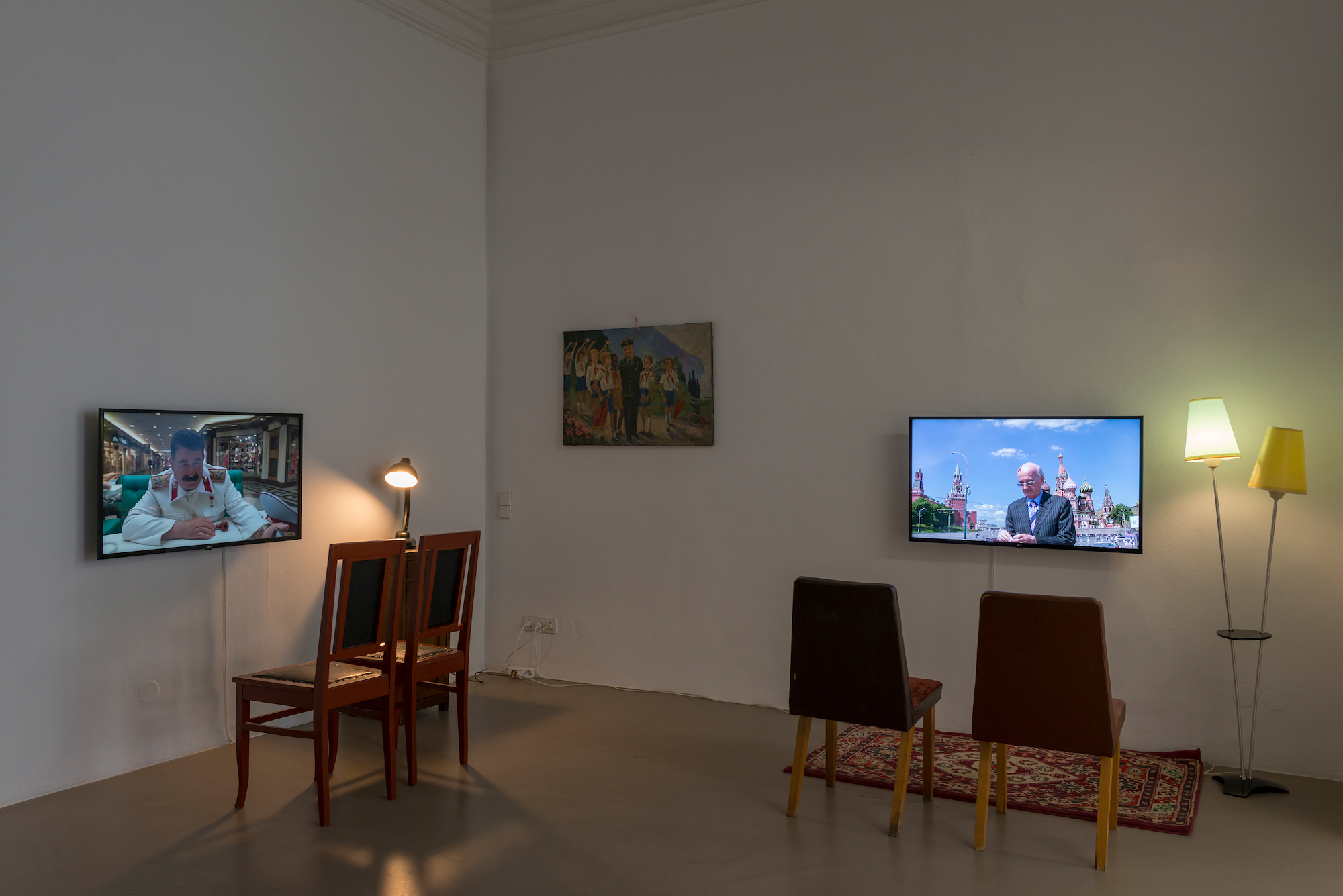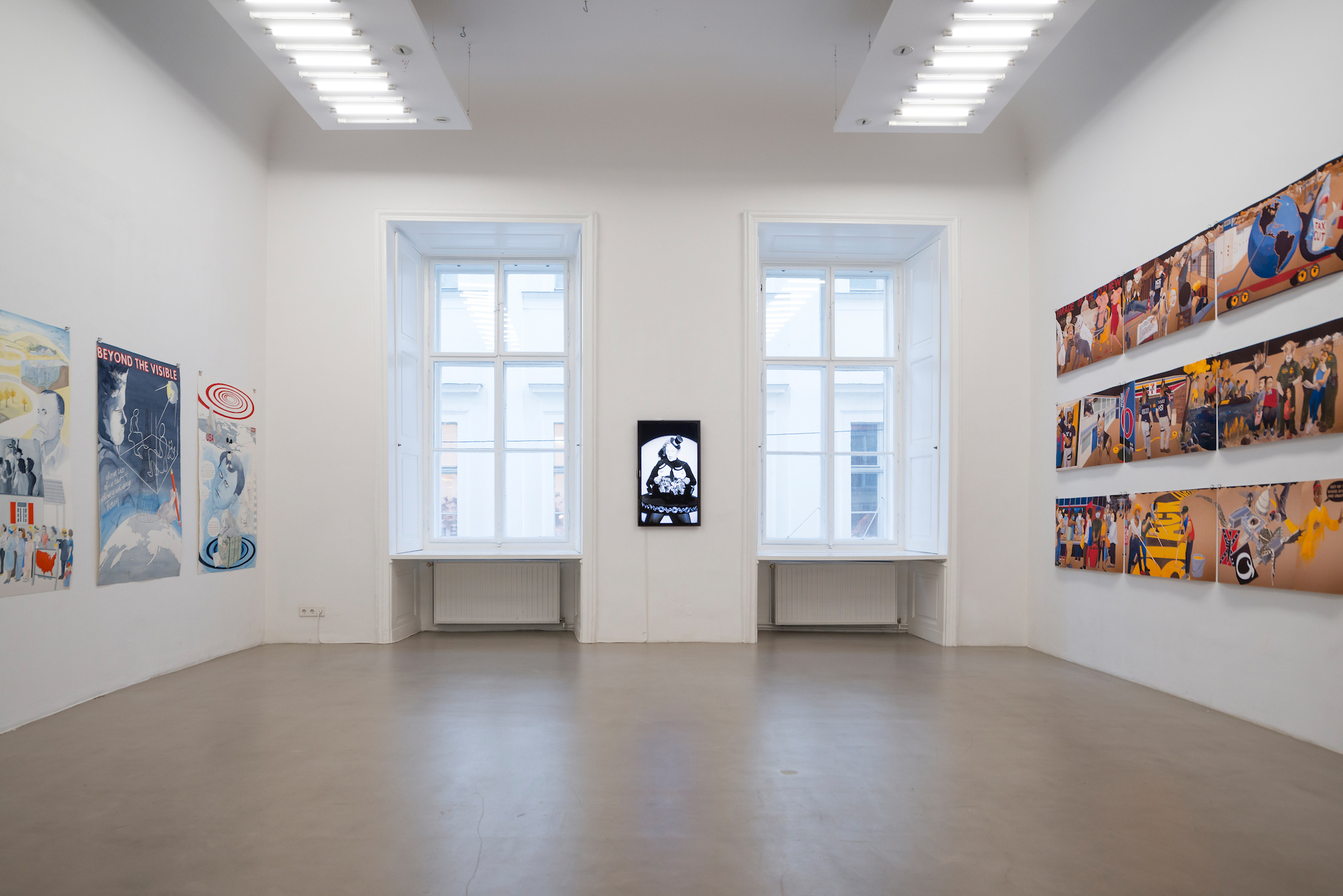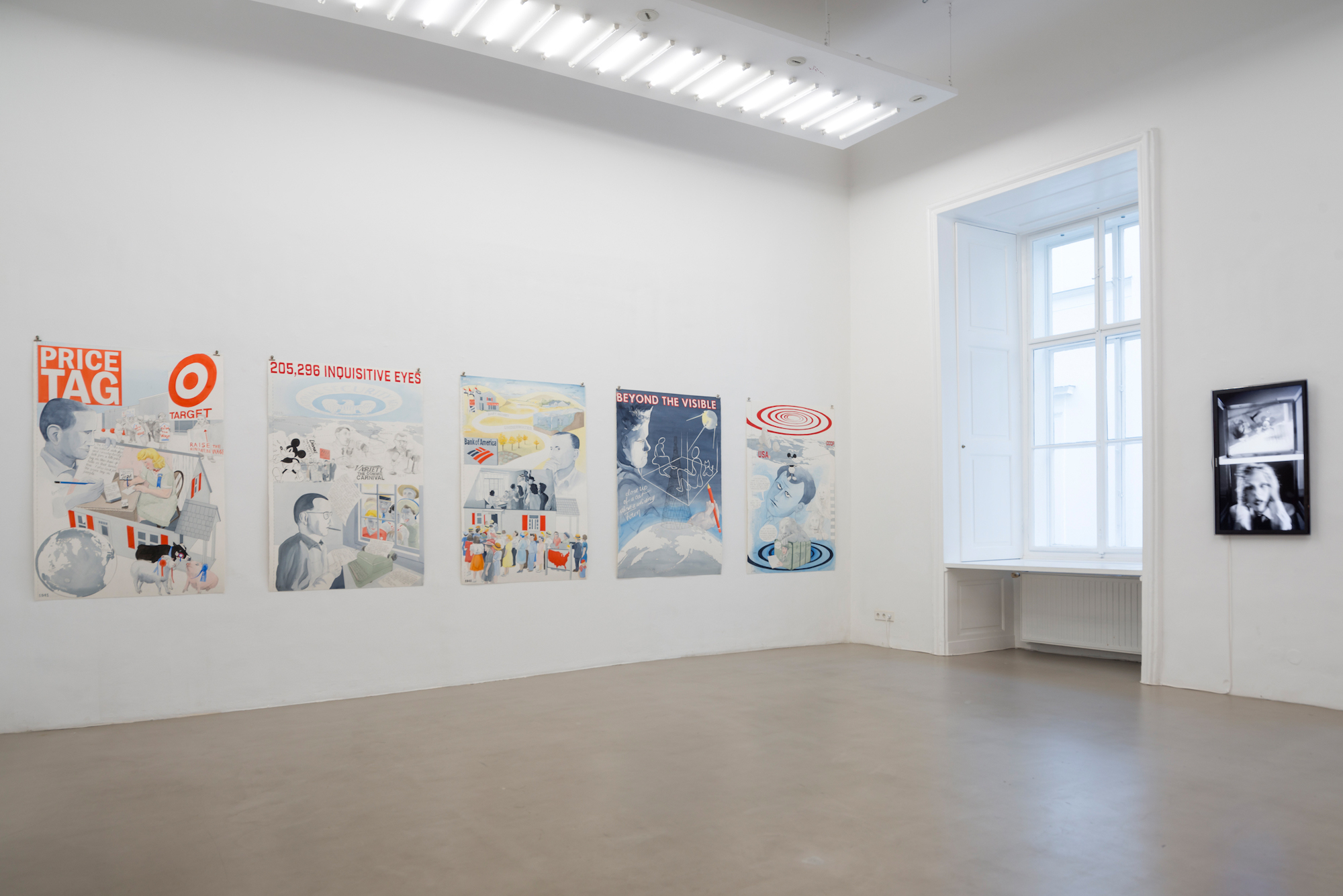Charim Galerie curated by Olesya Turkina
„History repeats itself twice, first as a tragedy, then as a farce“

www.charimgalerie.at
Curator(s):

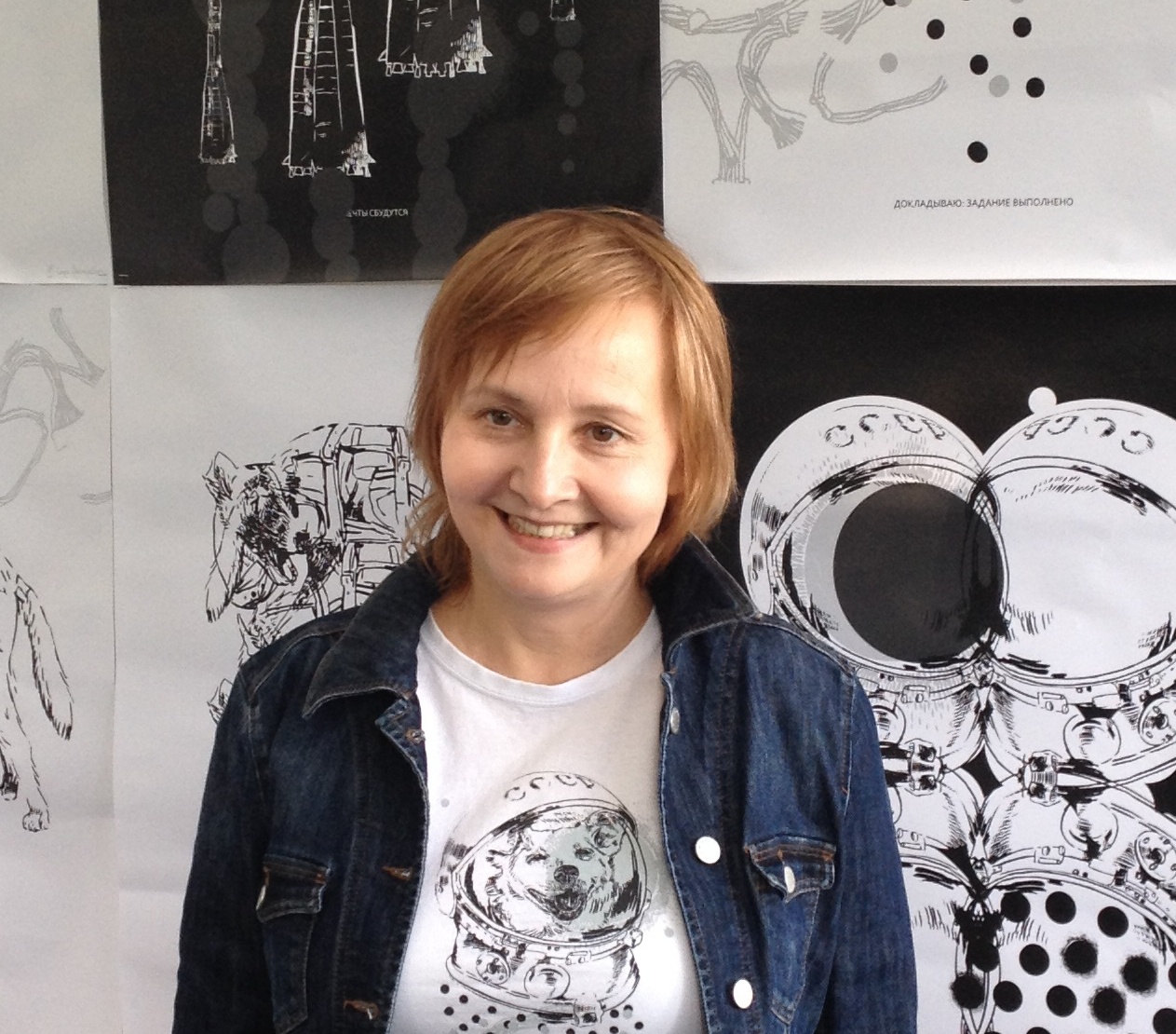
Artist(s):
-
Anna Jermolaewa More* Leningrad, ex USSR, 1970 - living in Vienna, Austria
- Tanya Akhmetgalieva
-
Pavel Pepperstein MorePavel Pepperstein Born 1966 in Moscow Lives and works in Moscow and Crimea Pavel Pepperstein’s (b. 1966) work interlaces history and literature with fantasy themes and fairy tale characters, merging fantastical scenes and landscapes with a range of cultural and political symbols. Pepperstein reflects existential themes with the visual language of children’s books and the medium of mostly watercolor. He is a member of the younger generation of Moscow conceptualists, an avant-garde movement founded in the 1970s with the central figures Ilya Kabakov, Dmitri Prigov and Pepperstein’s father Viktor Pivovarov. Pepperstein had recent solo exhibitions at the Garage Museum of Contemporary Art, Moscow (2019), Kunsthaus Zug (2017), and Musèe d’Art Moderne et Contemporain Saint-Ètienne Mètropole (2015). He participated in the Manifesta 10, 2014 (St. Petersburg), the Moscow Biennial (2009) and the 53rd Venice Biennale (2009). Pepperstein’s work is part of various collections, including Kunstmuseum Basel, Albertina (Vienna), Centre Pompidou (Paris).
- Zoe Beloff
Exhibition text
More
History repeats itself twice, first as a tragedy, then as a farce
The title of the show refers to the most quoted and misquoted phrase from Karl Marx’s “The Eighteenth Brumaire of Louis Napoleon” in which he refers to Hegel’s idea about important historical events and persons appearing twice.1 The show presents artists who are working with the carnivalesque character of history in these changing political circumstances. Revolution creates pathos that attempts to conquer the future – Cronus swallows his children, and the counterrevolution vomits back time – anorexia caused by the fear of the overwhelming return of the living dead.
Click PDF for full text

